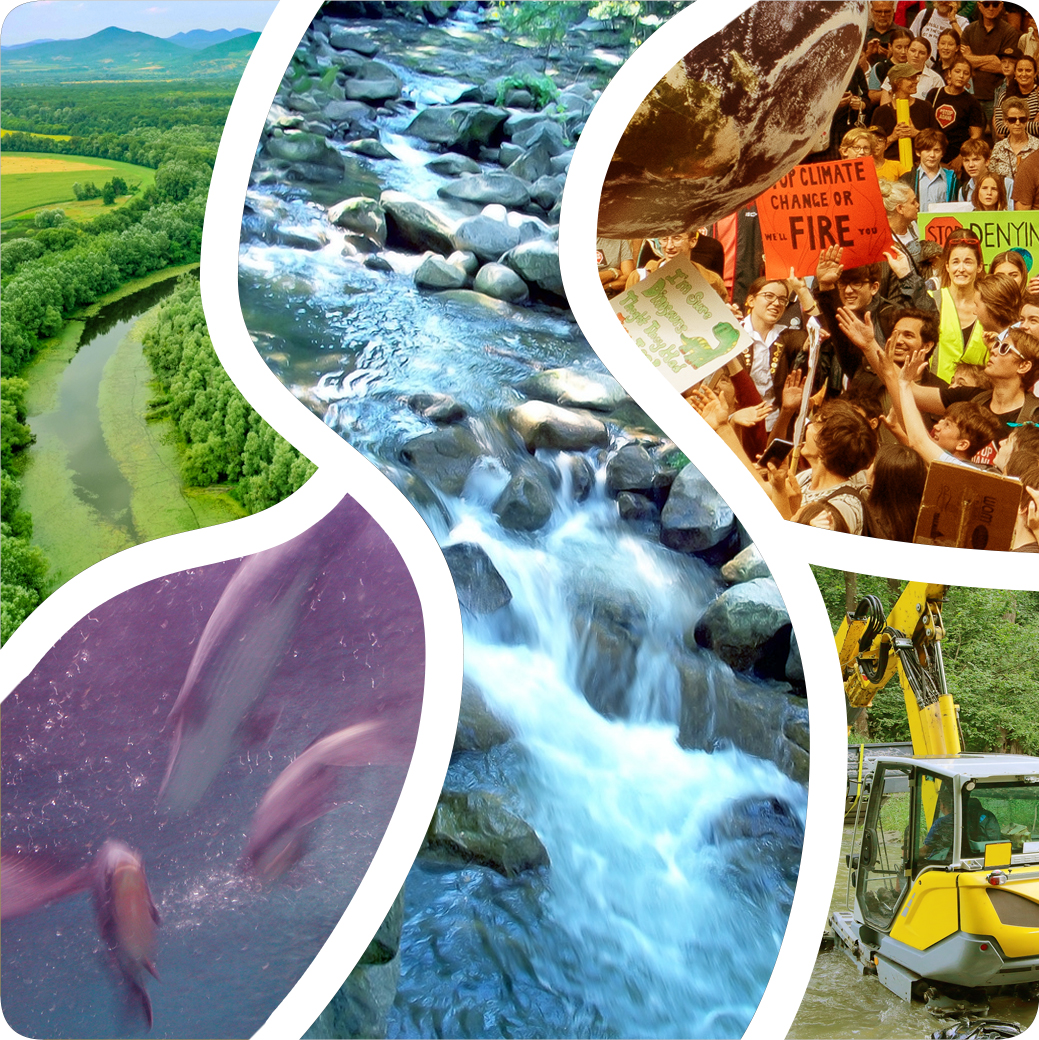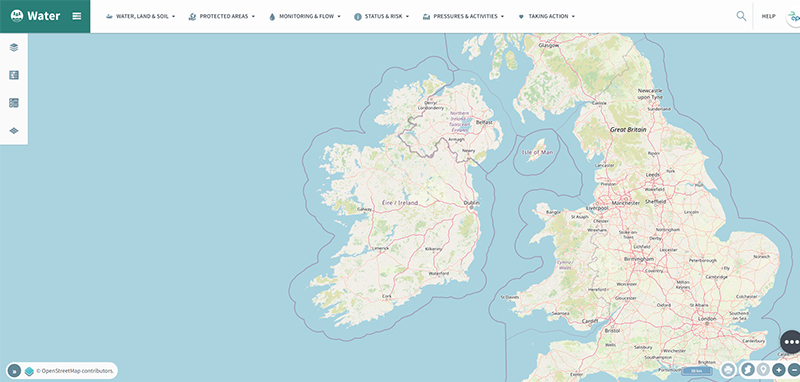Noel Meehan
Programme Manager - ASSAP - Agricultural Sustainability Support and Advisory Programme - Teagasc - Agricultural and Food Development Authority
EC / PolicyMakers / Funders / Government
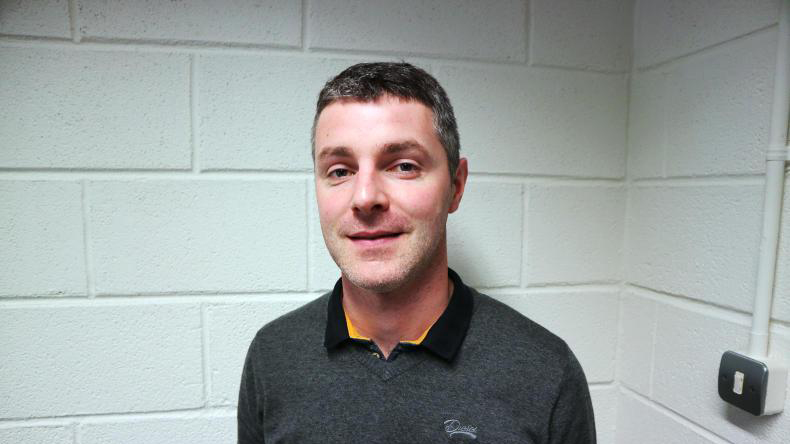
My Projects
 Farming for water quality ASSAP
Farming for water quality ASSAP
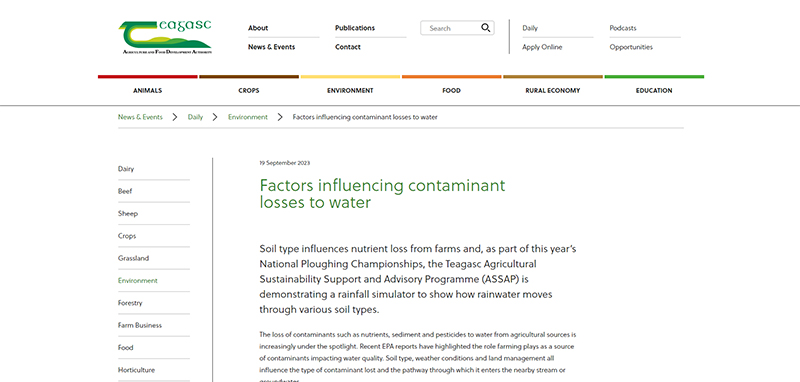 Factors influencing contaminant losses to water
Factors influencing contaminant losses to water
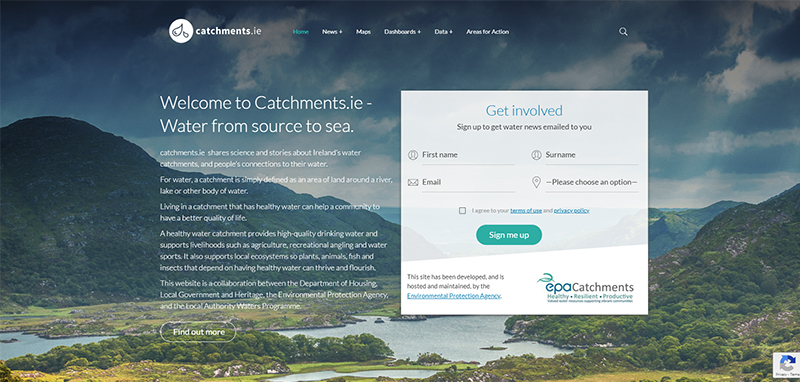 Welcome to Catchments.ie - Water from source to sea.
Welcome to Catchments.ie - Water from source to sea.
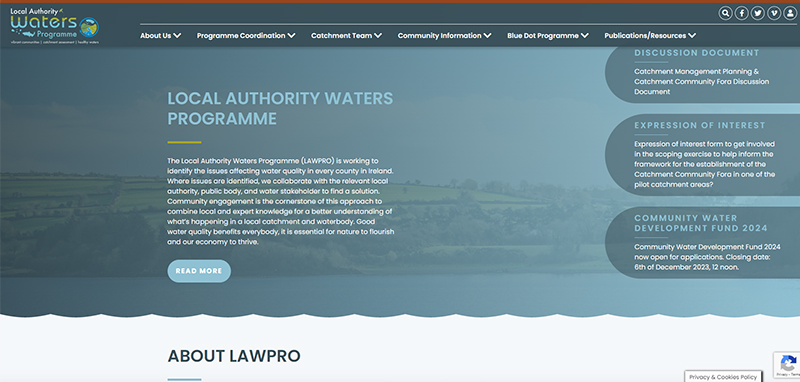 Local Authority Waters Programme
Local Authority Waters Programme
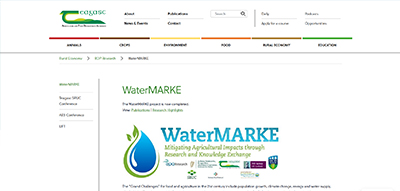 WaterMARKE - Mitigating Agricultural Impact through Research and Knowledge Exchange
WaterMARKE - Mitigating Agricultural Impact through Research and Knowledge Exchange
- Key project facts
As head the implementation of the Better Farming for Water campaign, I work with the Agricultural Sustainability and Advisory Programme (ASSAP) created to provide a scientific evidence based approach to pressure identification and the provision of farmer focussed advice in 190 priority areas for action (PAAs) located throughout the country. The advice is free and confidential and the service is provided by 20 advisors from the government (Teagasc) and 24 advisors from the dairy processing co-ops. Farmers can avail of this service within the ‘areas for action’ on a voluntary basis.
- What impact did these projects have on biodiversity, if any?
The PAAs are water bodies that are at risk of not reaching their WFD targets. There are multiple pressures across the areas for action; industry, waste water treatment plants and septic tanks, forestry, agriculture and urban pressures. The ASSAP focuses its resources on addressing agricultural pressures which have a direct impact on water quality and the biodiversity of the streams and waterways.
- What work challenges did you face and what approach did you take to solve them?
The key is making a strategic change to the traditional planning process resulting in focusing on the importance of a collaborative, bottom–up, targeted and adequately resourced. The importance of specific requirements of the WFD is unchanged but an increased emphasis is placed on stakeholder and community involvement in resolving water quality issues.
- What lessons learned are transferable to other places/projects?
The measures recommended go above and beyond current regulatory requirements and implementation is voluntary. The recommendations will help to put ‘the right measure in the right place’ and prevent contaminants from entering water. A written summary (farm plan) of the advice and actions will be provided to the farmer and a timeframe for completion agreed.
- What is your biggest barrier and what are you trying to do about it?
By the end of 2023, the advisors from the program visited over 4,000 farms, identified over 20,000 issues (high, medium and low risk issues) and recommended 26,000 mitigation actions. Approximately 60% of recommended actions for high risk issues were implemented by farmers, despite numerous barriers to implementation covering social, economic and cultural reasons. At the launch of the program, farmers covered the cost of any measures out of their own resources. The Government has identified this as a significant barrier and move to provide funding through the EIP process for financial assistance to farmers to implement measures to protect water quality.
My Focus and Approach
- Lessons Learnt - Some recommendations for others?
- What’s most important:
Having a comprehensive scientific understanding of the catchment that you are working in.
- Do this, not that:
Communication to all stakeholders in a catchment is very important. The community and farmers need to know what is happening, how it will happen and what the results will be. It is also very important that final results are communicated to the stakeholders at the end of the work period.
- Always start by:
Visiting the stream/river. This will help set the scene and help the public to understand what is impacting the river and what can be done about it.
- What to do when things get difficult…:
Communicate! To all stakeholders.
- 5 simple steps to:
-
Improve water quality in a catchment where agriculture is the dominant pressure:
Conduct a comprehensive scientific assessment of the catchment to identify pressures on water quality and locations of impact
Engage with the community and farmers to inform them of the current water quality status, what the pressures are and how it can be fixed
Provide an intensive advisory service to farmers to assess farms and identify areas for improvement, the ‘right measure in the right place’
Provide support to farmers to implement measures; advisory and financial
Communicate progress regularly throughout the process - The biggest barrier and what I am trying to do about it:
Advisors need to be able to spend time engaging with farmers.
-
- What’s most important:
My Journey
- My journey:
I studied agricultural science in UCD and my career has involved working in agriculture and water quality on both regulatory and advisory roles. I started out working in a local authority inspecting farms with a primary focus on point source losses to waters.
I then moved to Teagasc as an agricultural advisor for the Cregduff catchment in the Agricultural Catchments Programme (ACP). After a short period as a KT advisor I took on the role of manager of the ASSAP programme for Teagasc.
- My Education:
- B.AgrSc (Eng. Tech.) 2000
- H.Dip.Comp.Sci 2001
- Grad. Cert. in Strategic Leadership 2023
- The Big Change:
I attended a Catchment Science and Management course in 2018 which led to a greater understanding of the sources and pathways for contaminant losses to water
- Favourite part of the work I do:
Working with farmers and helping them to understand how contaminant losses occur and supporting the farmers to implement measures that help to improve water quality.
Brief Overview
Interview
Key Topics:
Key Topics
These relate to specific topics (e.g. technical solutions; restoration activities etc.) addressed within the showcase materials.
- Water quality
- Agricultural point source pollution
- Catchment scale management
- WFD
Prone2Success Factors Demonstrated:
Prone2Success Factors Demonstrated
These are the Prone2Success checklist factors which are highlighted within this showcase. More information on the Prone2Success checklist can be found here.
- Measurable goals to improve ecological status
- Measurable goals to improve ecosystem services
- Supports WFD, NRL and other restoration policy goals
- Communicate/engage with stakeholders from the outset
- Ensure stakeholder understanding / education of restoration goals & benefits
- Demonstrate specific ecological improvements/legal compliance / communicating results during and after the project
- Take climate change into account
NRL Restoration Categories:
NRL Restoration Categories
These are the restoration categories (listed under Annex VII of the European Nature Restoration Law (NRL) which are relevant to this showcase.
- [2] Improve hydrological conditions
- [7] Re-naturalise river beds
- [8] Restore natural sedimentation
- [9] Establish riparian buffers
- [19] Stop or reduce the use of chemical pesticides / fertilisers
- [24] Remove / control invasive species
- [26] Restore fish spawning / nursery areas
- [32] Reduce pollution (chemicals, urban/industrial wastewater, litter, plastics)
Was this information useful?
No
Thank you for submitting feedback.
Click here to share your thoughts
Resources
Some articles that influenced me and why:
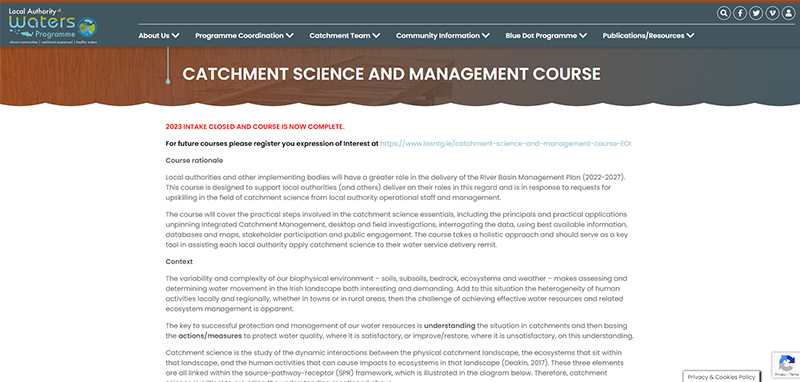 https://lawaters.ie/training/la-csm-course-notes-and-training/. The Catchment Science and Management Course content is an excellent resource for scientists working to improve water quality on a catchment basis.
https://lawaters.ie/training/la-csm-course-notes-and-training/. The Catchment Science and Management Course content is an excellent resource for scientists working to improve water quality on a catchment basis.
Peer reviewed papers
Clippings, white papers:
Acknowledgements & Links
This material was provided by: Noel Meehan, ASSAP Manager Teagasc, Deerpark, Ballinasloe, Co Galway, Ireland, H53 EX21
For more information, see https://www.teagasc.ie/

